
The painting entered the Hermitage between 1763 and 1774 years. In the second half of the XIX century was in the Gatchina Palace. Returned to the Hermitage in 1924. The authorship of Titian is not universally accepted.
Some experts linked the picture with the names of Giovanni Cariani, Paris Bordone, with the masters of the circle Giovanni Bellini. Most modern researchers attribute it to Titian, based on the testimony of Vasari, who saw a similar picture in the house of Andrea Loredana in Venice.
In 1648, she, according to Carlo Ridolfi, was in the Venetian palace of the family Kalerji-Grimani. Although the description of the “Flight into Egypt” Vasari differs in some details from the Hermitage painting, they can apparently be identified, since the introduction of a large number of animals into a scene is an infrequent motif in the Venetian painting of the early 16th century.
Apparently, it is of northern origin and can be connected with the stay in Venice in 1505-1506 by Albrecht Durer.
Vasari claims that the painting was written right after the end of the joint work of Titian and Giorgione over the frescoes of Fondaco dei Teodecchi, that is, one of his earliest works. At the same time, Titian creates in her a new type of Evangelical composition for Venice, interpreted as a monumental epic in character rural scenes
 Portrait of the daughter of Titian Lavinia by Titian Vecellio
Portrait of the daughter of Titian Lavinia by Titian Vecellio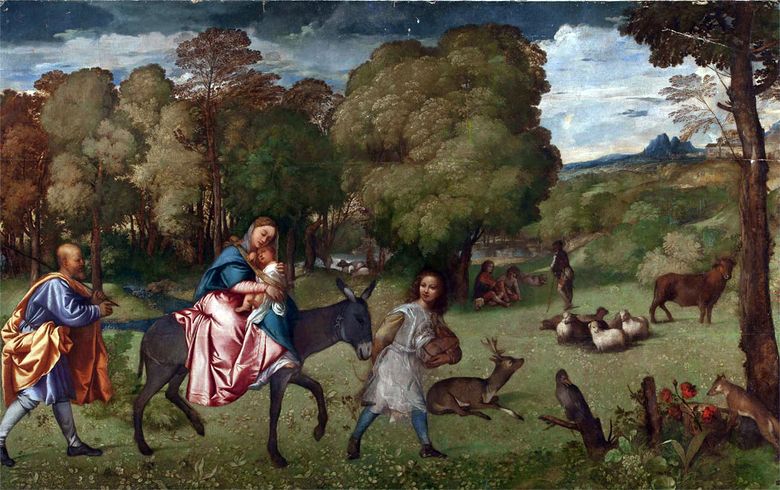 Vol vers l’Égypte – Titian Vecellio
Vol vers l’Égypte – Titian Vecellio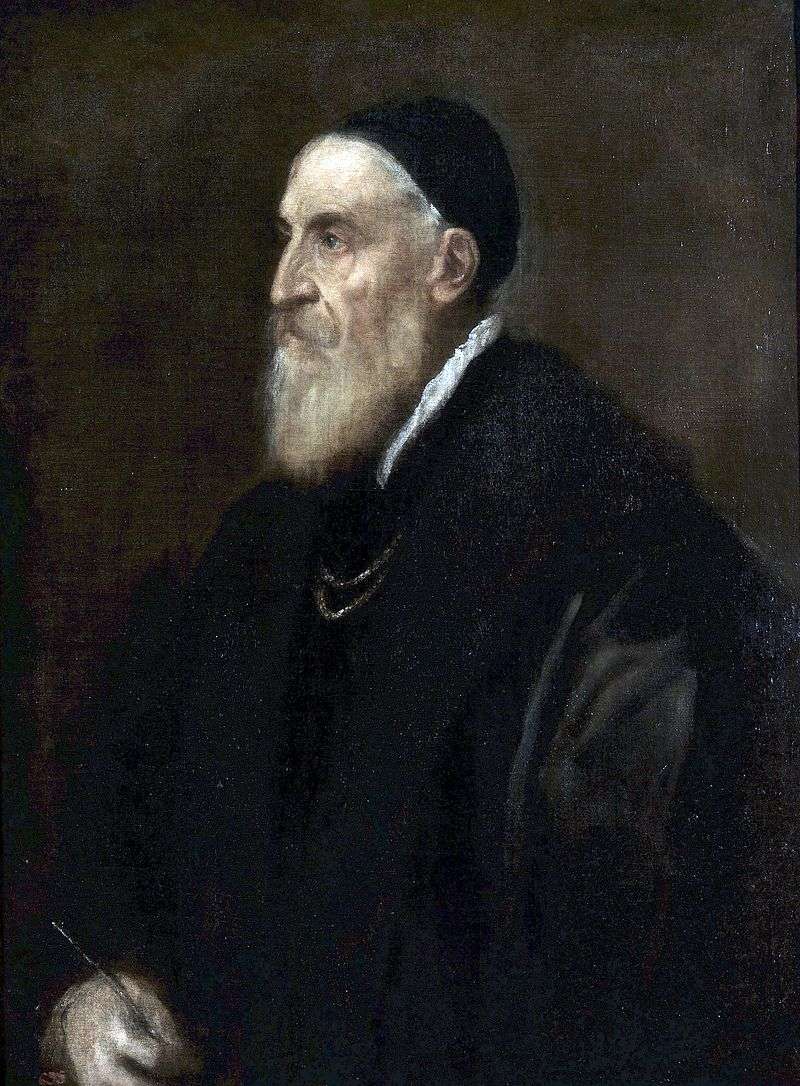 Self-portrait by Titian Vecellio
Self-portrait by Titian Vecellio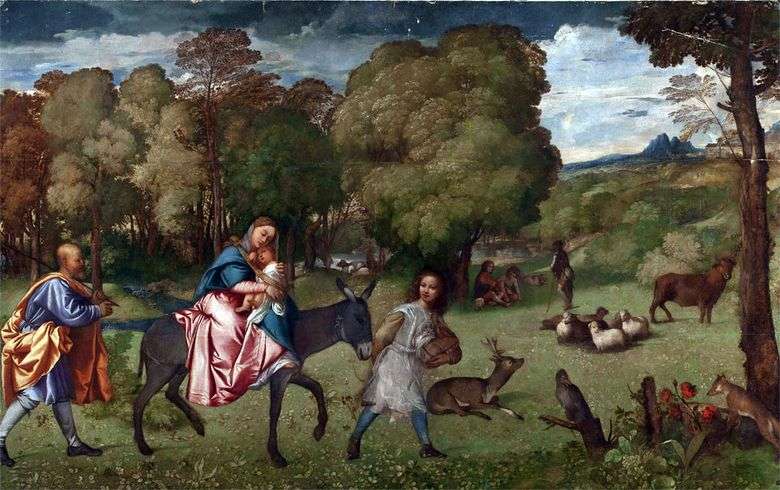 Vuelo a Egipto – Titian Vecellio
Vuelo a Egipto – Titian Vecellio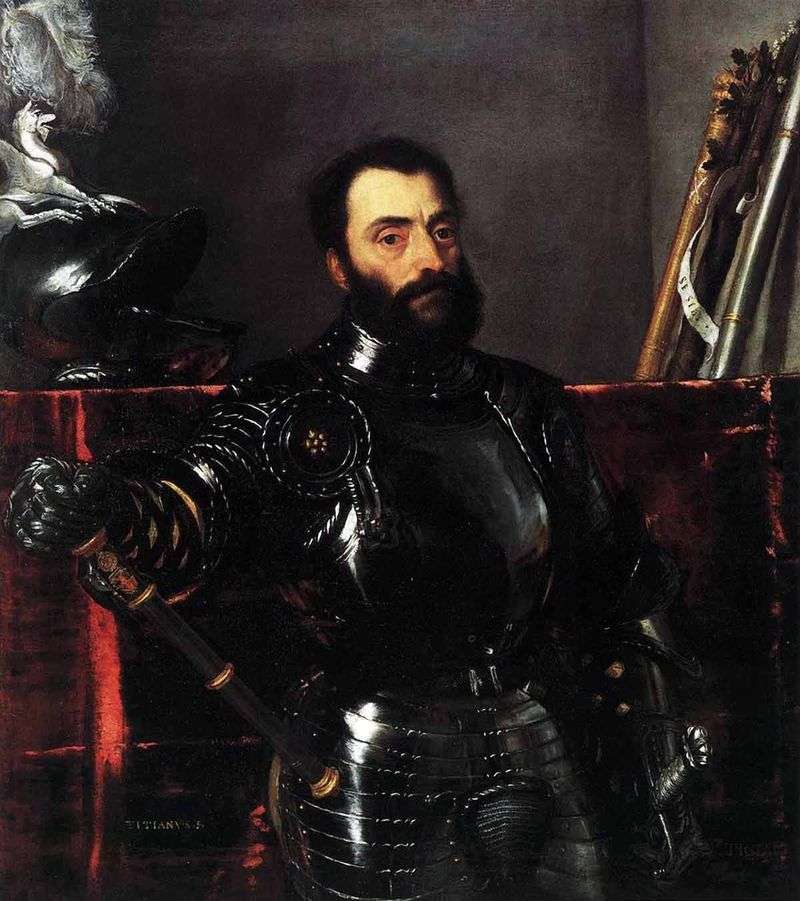 Portrait of the Urbinian Duke Francesco Maria della Rovere by Titian Vecellio
Portrait of the Urbinian Duke Francesco Maria della Rovere by Titian Vecellio Portrait of an artist with a palm leaf by Titian Vecellio
Portrait of an artist with a palm leaf by Titian Vecellio Escape to Egypt by Domenico Fetti
Escape to Egypt by Domenico Fetti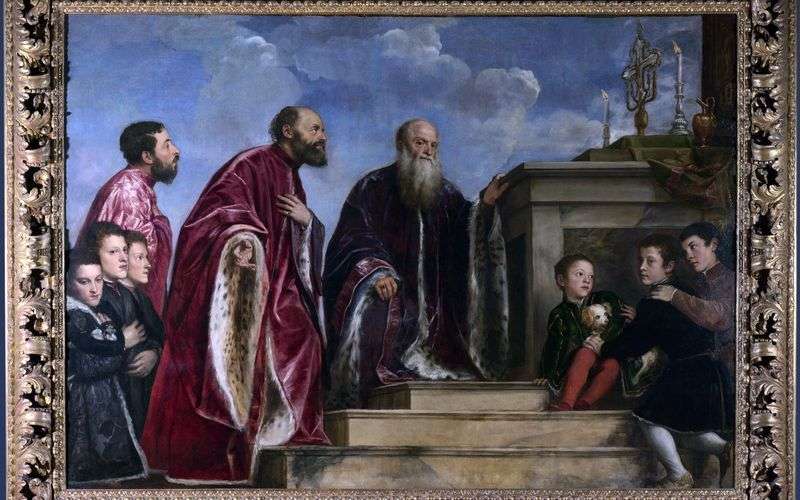 Family members before the relic of the Holy Cross by Titian Vecellio
Family members before the relic of the Holy Cross by Titian Vecellio